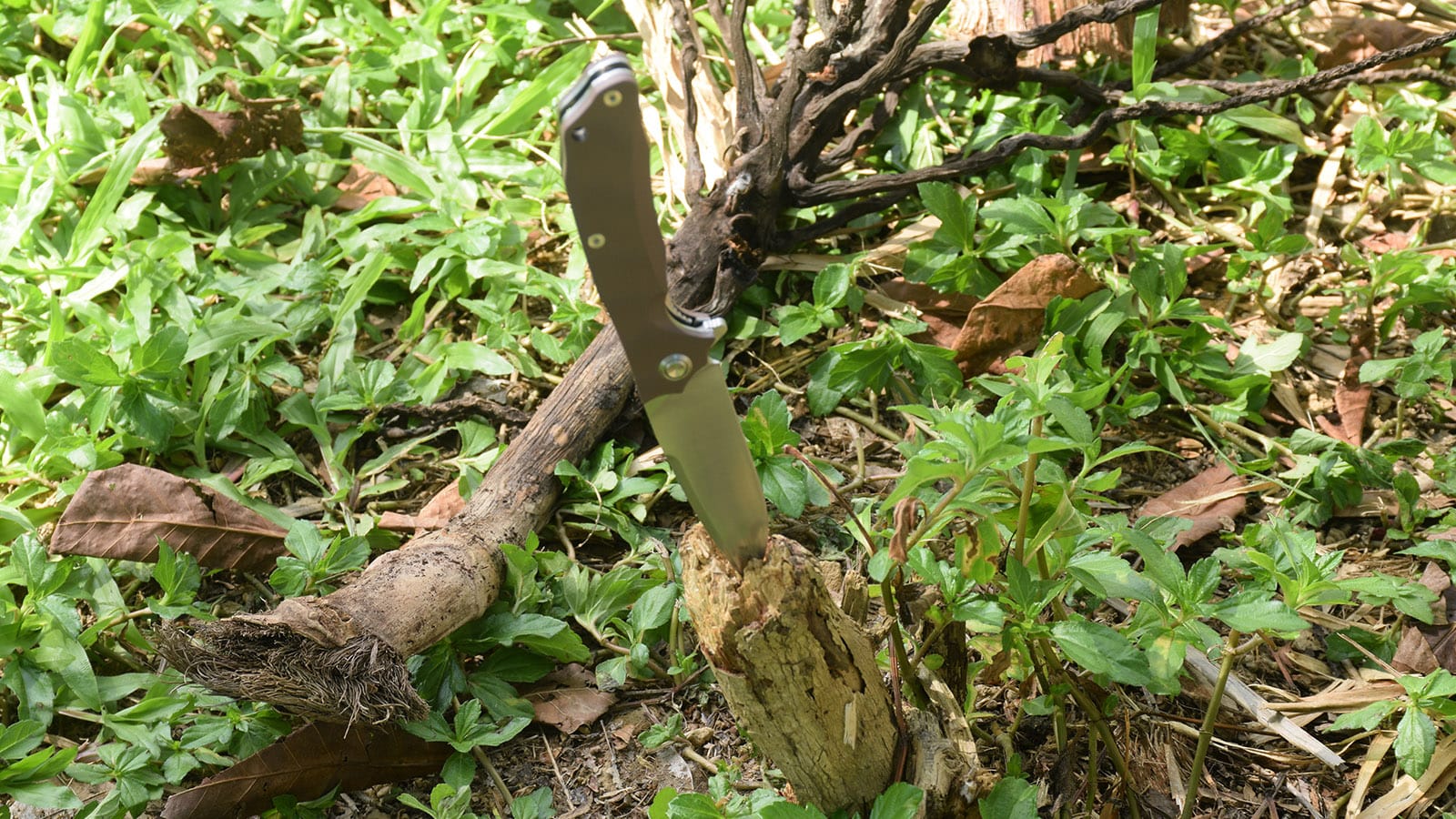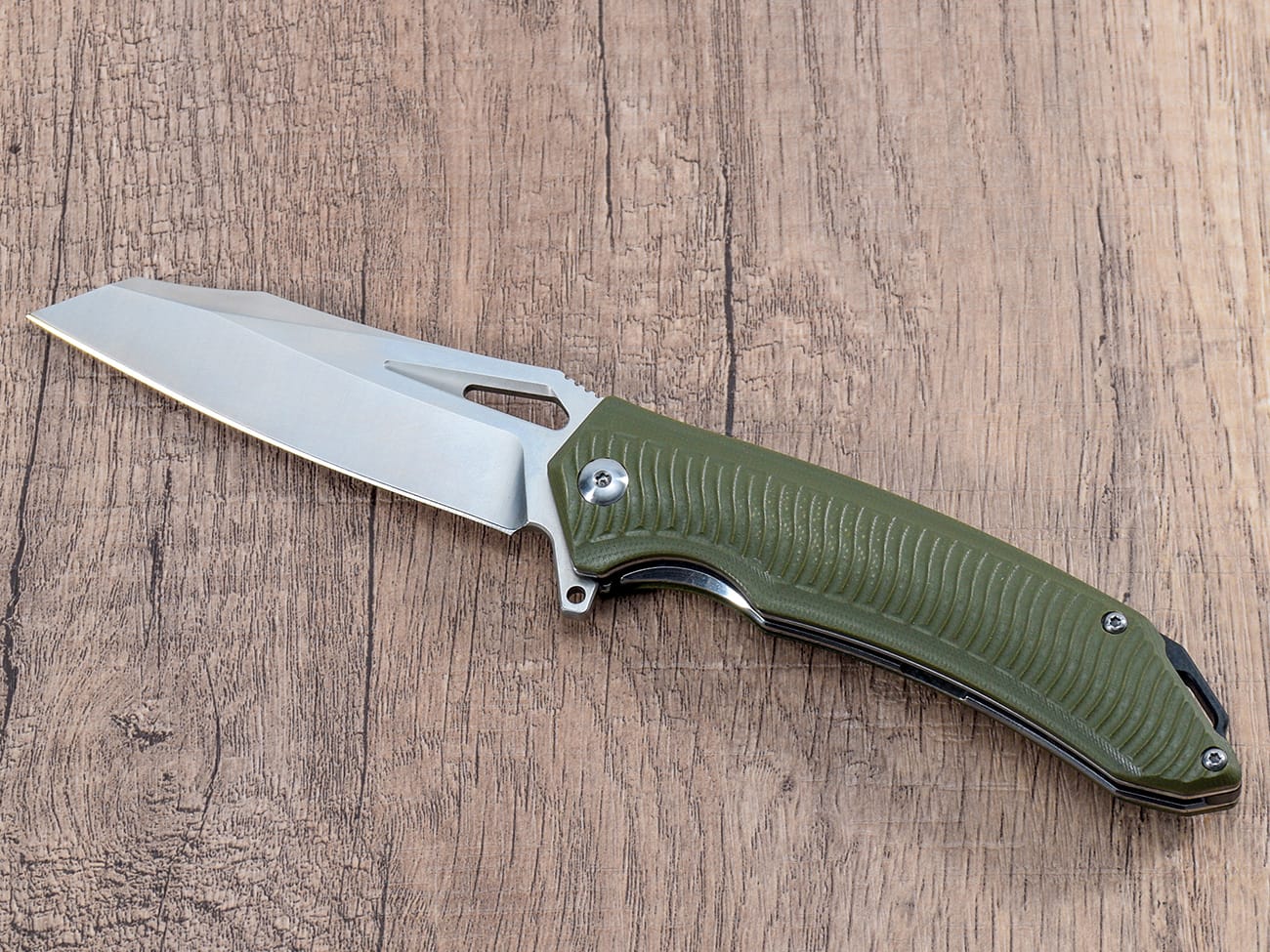Making a folding pocket knife is both a rewarding craft and a practical skill that combines artistry with functionality. This comprehensive guide will walk you through the entire process of creating your own custom pocket knife, from selecting materials to final assembly. Whether you’re a beginner or an experienced craftsperson, this step-by-step tutorial will help you understand the fundamentals of knife making and create a functional, beautiful tool you’ll be proud to carry.
What Tools and Materials Do You Need?
Before starting your folding knife project, gather these essential items:
- Tool steel for the blade (preferably carbon steel)
- Handle materials (wood, micarta, or G10)
- Drill press or hand drill with drill bits
- Sandpaper and belt sander
- Hacksaw or band saw
- Vise for secure workholding
- Basic measuring tools
- Files and sharpening stones
- Center punch and hammer
- Pivot pin and additional pins
- Lock bar material (for liner lock)
How to Choose the Right Steel for Your Blade?
Selecting the right steel for the blade is crucial for creating a durable and functional knife. Carbon steel is an excellent choice for beginners because:
- It’s easier to work with using just hand tools
- Holds a sharp edge well
- Can be hardened effectively
- More forgiving during heat treatment
What’s the Best Way to Design Your Pocket Knife?
Before making a folding knife, create a detailed plan:
- Draw your knife design on paper
- Consider the blade length and handle ergonomics
- Plan the pivot point and lock mechanism
- Account for the space needed for the blade to open and close
- Mark dimensions for pin holes and the lock bar

Custom Damascus Steel Pocket Knife with G10 Handle
Step 1: How to Shape the Blade?
The first major step in knife making involves shaping the blade:
- Transfer your design to the steel using a sharpie
- Cut the basic shape using a hacksaw or band saw
- Refine the profile with files and sandpaper
- Create the bevel using a belt sander or files
- Drill the pivot pin hole carefully
Step 2: What’s Involved in Heat Treatment?
Heat treating is crucial for blade performance:
- Heat the blade to critical temperature
- Quench in oil or water as appropriate for your steel
- Temper to achieve the desired hardness
- Test the edge with a file to verify hardness
How Do You Create the Handle Scales?
Creating comfortable handle scales is essential:
- Select your handle material (micarta handle provides excellent grip)
- Cut to size allowing for final shaping
- Drill holes for pins and pivot
- Shape and sand to desired ergonomics
- Test fit with the blade assembly
What’s the Process for Installing the Liner Lock?
The liner lock mechanism requires precision:
- Cut and shape the lock bar
- Create the detent for secure closure
- Test the lock bar tension
- Ensure proper engagement with the blade
- Adjust as needed for smooth operation
Step 3: How Do You Assemble Everything?
Assembly requires attention to detail:
- Test fit all components
- Install the pivot pin
- Add remaining pins
- Check for proper blade centering
- Verify smooth open and close action
Step 4: What’s the Final Finishing Process?
The finishing touches make your folding knife truly special:
- Final sanding of handle scales
- Polish the blade to desired finish
- Sharpen the knife to a keen edge
- Apply handle finish if using wood
- Add any decorative touches
How Do You Test and Maintain Your New Knife?
After completion:
- Test the lock mechanism thoroughly
- Check blade alignment and centering
- Verify smooth opening and closing
- Apply light oil to moving parts
- Make any final adjustments
Key Points to Remember:
- Take your time with precise measurements
- Safety should always be your priority
- Test fit components frequently
- Keep your tools sharp and maintained
- Document your process for future projects
Similar Projects You Might Enjoy:
- Making a wooden pocket knife
- Creating a custom handle design
- Experimenting with different lock types
- Working with various blade steels
Summary:
• Choose quality materials for long-lasting performance • Follow safety protocols throughout the process • Take time to plan and measure carefully • Test fit components frequently • Pay attention to detail in final finishing • Maintain your tools and workspace • Document your process for future referenceRemember that knife making is both an art and a skill that improves with practice. Each project teaches valuable lessons that will help you create better knives in the future. Whether you’re making a simple folding knife or a more complex design, the basic principles remain the same. Stay patient, work safely, and enjoy the process of creating your own custom pocket knife.



